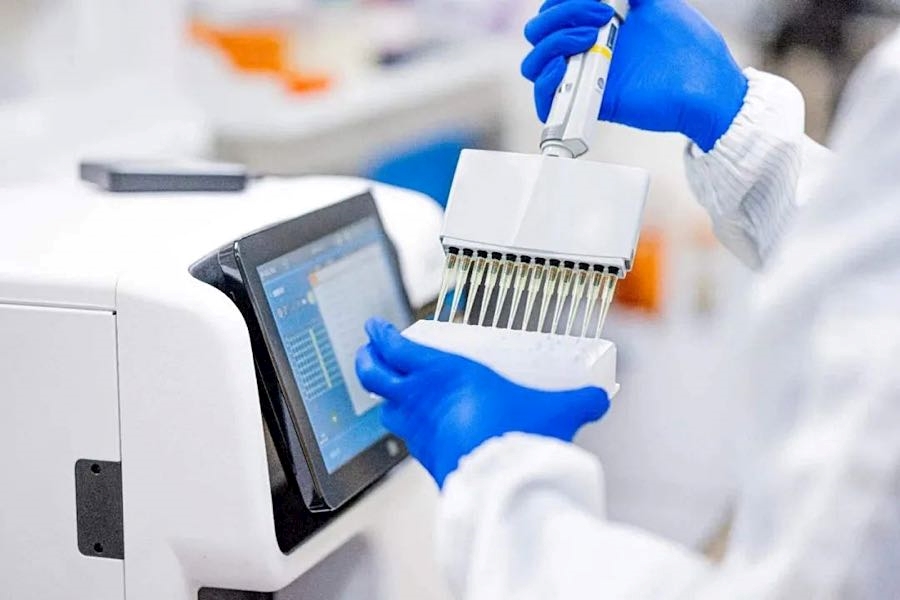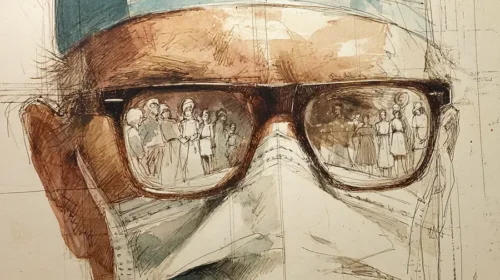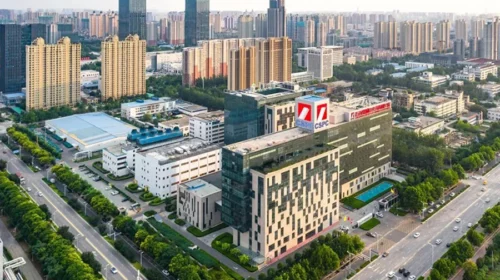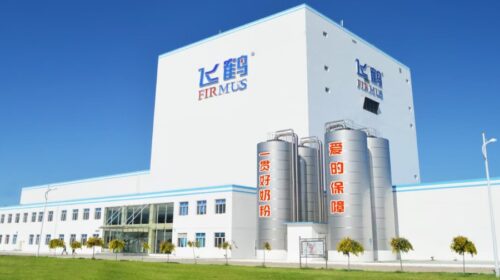Product Approval Breathes New Life Into Boan Biotech IPO

The biosimilar drug maker was approved to sell its second new product in China last month as it applies to list in Hong Kong
Key Takeaways:
- Boan Biotechnology has filed for a Hong Kong listing, hoping to attract investors with its first-ever revenue following approval of its first two products
- With only 310 million yuan in cash, the company needs funds from the IPO to help fund commercialization of its new drugs
By Emily Chan
After diving to a 13-year low in October, a recent rebound for Hong Kong’s stock market is sparking a renewed rush of companies seeking to make new listings while the sun still shines. Many of those filed for IPOs earlier this year, but had to shelve their plans as markets tanked.
One IPO now looking for new life – and funds – is coming from Shandong Boan Biotechnology Co. Ltd., a spinoff from Luye Pharma (2186.HK). It made a new filing to list in Hong Kong Nov. 30 after its earlier application from May lapsed. The updated results show a company in its early growth stages, following the recent approval of its new drugs for sale in China.
Established in 2013, Boan develops and produces innovative drugs and biosimilars, and was acquired by Luye Pharma in 2020 for 1.48 billion yuan ($213 million). It has two biosimilars now approved in China – a bevacizumab injection called Boyounuo, used to treat cancers, launched in May last year; and a denosumab injection called Boyoubei, used to treat bone loss, just approved last month. The company has another 12 drugs in development, covering common therapeutic areas such as oncology, metabolism, autoimmunity and ophthalmology.
Used to treat advanced, metastatic or recurrent non-small cell lung cancer and metastatic colorectal cancer, Boyounuo is the third domestic biosimilar to Avastin to be marketed in China. According to Boan’s preliminary prospectus, Boyounuo was approved in April last year and logged its first sales in May, marking a major breakthrough as the company recorded its first-ever revenue. The drug generated sales of 221 million yuan in the first half of this year, up more than 17 times from a year earlier.
Yet despite the new drug’s 159 million yuan contribution to Boan in the first eight months after its launch, the company’s net loss narrowed only moderately by 6.6% last year to 225 million yuan. Boan recorded another 153 million yuan loss in the first half of this year, mainly due to a significant jump in administrative and sales expenses related to the new product’s launch.
Such a jump in expenses is typical for young drug makers like Boan, which must spend heavily to promote, sell and support their new drugs following development and trial phases that typically take several years and are heavier on R&D costs.
Last year, for example, Boan’s administrative and sales expenses totaled 96.2 million yuan, accounting for more than 60% of its revenue. Combined with R&D expenses of 232 million yuan, it’s no wonder the drug developer is only slowly inching towards the profitability line.
Boan is trying to control those costs by relying on distributors and third-party promoters to rapidly expand its sales network. The largest of those is AstraZeneca (AZN.L) China, which last year received promotion rights for Boan’s drugs in 12 provinces, cities and autonomous regions for five years. As of June 30, Boan’s sales network included 160 third-party distributors selling to 1,247 target hospitals and institutions across China.
Cost of commercializing
Despite gaining marketing experience with Boyounuo, Boan will inevitably face greater similar expenses as its pipeline fills with more products, each with its own needs. Accordingly, Boyoubei could bring more near-term pain for the company’s bottom line due to the higher costs that come with revving up a new commercialization drive.
Before the recent marketing drives, Boan’s R&D spending was one of its biggest expenses, staying relatively stable at 236 million yuan and 232 million yuan in the last two years. Its R&D costs for core products actually fell steadily from 97.30 million yuan in 2020, to 50.80 million yuan last year, to 21.30 million yuan in the first half of 2022. But those declines are really just the result of some accounting maneuvers, whose main purpose is to reduce the impact of R&D expenses on the company’s bottom line, helping it obtain new funds more easily.
While Boan’s growing revenue is a step in the right direction, the company also faces two hidden risks that can’t be ignored. One involves centralized procurement, which often sees drug makers forced to sell their products to Chinese central government programs in larger volumes but also at big discounts. Following the selection of insulin for that program late last year, some analysts believe that biosimilar drugs, which have yet to be included, could follow soon. Such inclusion would come as a big setback from Boan in its uphill road to profitability.
At the same time, fierce competition in the market outside China, combined with growing patent litigation among biosimilar makers, is gradually turning the business into one with high costs and limited profits. That’s leading even some large multinationals to abandon the field. Boan also indicated in its prospectus that barriers to entry for biosimilars are low for lack of exclusive patent protection. And when the patent of the reference drug for a biosimilar expires, the company may face fierce competition from not only other biosimilar drug makers, but also the reference drug maker.
Pressured by growing costs from not only R&D but also commercialization efforts, Boan is expected to incur growing operating expenses in the near term and may record a significant increase in its losses this year. But its cash at the end of June stood at just 310 million yuan, roughly half the 610 million yuan it had a year earlier and lower than its operating costs in the first half of the year. That explains its desire to raise money now through an IPO.
Boan’s valuation rose to 7.2 billion yuan following its Series B financing in September last year. By extrapolating its first-half revenue to the whole year, and using an average price-to-sales (P/S) ratio of about 10.9 times for its main competitors, Jiangsu Hengrui Medicine (600276.SH), Bio-Thera Solutions (688177.SH) and Betta Pharmaceuticals (300558.SZ), Boan could now be worth about 4.82 billion yuan, 33% less than last year. That may show investors are growing increasingly cautious on biotech stocks.
To subscribe to Bamboo Works weekly free newsletter, click here






